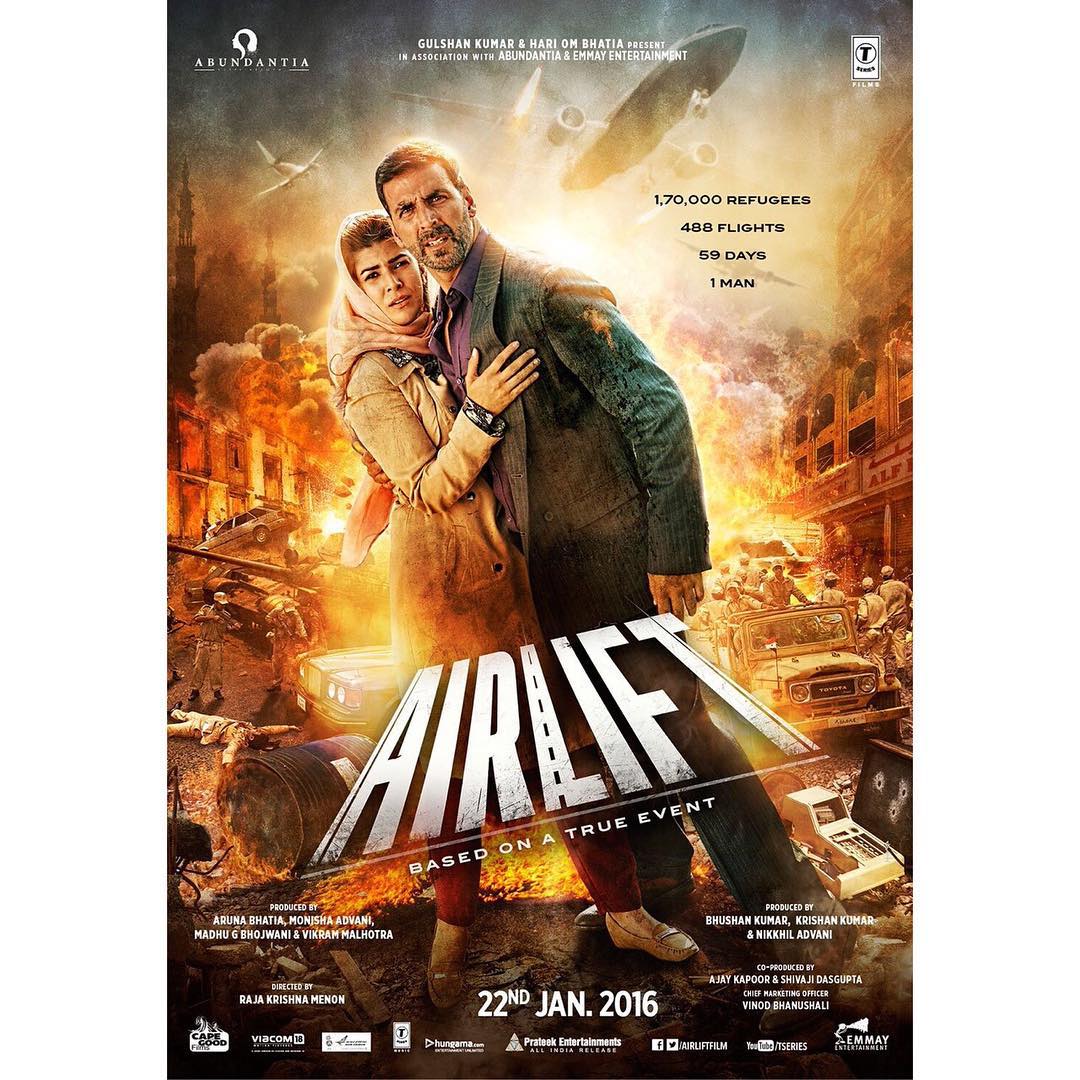

Future US Air Force Generals Hap Arnold and Hoyt Vandenberg were among the military officers involved with the production, Arnold as a technical consultant and Vandenberg as one of the pilots. Made with the co-operation of the United States' then- Department of War (a relationship that continues to this day), it used front-line military aircraft of the day such as the Thomas-Morse MB-3 and Boeing PW-9, flown by military pilots. In 1926 the first "proper" aviation film was made Wings is a story of two pilots who sign up to fly and fight in The Great War. In the early 1920s Hollywood studios made dozens of now-obscure "aerial Westerns" with leads such as Tom Mix and Hoot Gibson, where the role of the horse was taken by aircraft, or used aircraft as nothing more than vehicles for stunts to excite audiences. The years between World War I and World War II saw extensive use of the new technology, aircraft, in the new medium, film. "Arnold, who picked up 'a few extra bucks' for his services, became so excited about movies that he almost quit the Army to become an actor." Humphrey–directed two-reeler, The Military Air-Scout, shot following an Aero Club of America flying meet at Long Island, New York, with Lt. The first aviation film was the 1911 William J.

It’s clearly a hijacking thriller set on a plane, and the woman with the gun pointed at her is dressed as a flight attendant. In contrast, check out the poster for Neerja. As it stands, the poster only appeals to people who are already Madhavan fans. Madhavan squaring off with Ritika Singh on the poster. Why not follow the route of festivals films and release it internationally with an evocative English title - Fighting Spirit or something like that - and then have R. There’s nothing on the poster to indicate that it’s about boxing, and the title isn’t informative even if you know Hindi. Sports movies are among the most easily accessible across cultures thanks to their formulaic nature and the fact that people everywhere share a love for sport, so why not adapt the advertising in the hopes of nabbing people outside of the usual target audience?

There’s possibly another lesson to be learned from Saala Khadoos. There is no demographic here yearning for sex comedies with no sex, especially not when there are racier Hollywood alternatives in theaters and a world of raunchy stuff available to anyone with an internet connection. The lesson to be learned here is: don’t open Hindi sex comedies in North America. For a look into Mastizaade‘s bleak future, note that KKHH3 took in just $913 from eight theaters in its second weekend ($114 average), bringing its total to $31,444. Its average is even worse than Kyaa Kool Hain Hum 3‘s first-weekend average of $716. It performed so poorly that, as of Tuesday, my local theater had cut back from four showings per day to just one. It earned just $28,529 from 46 theaters for a per-screen average of $620. The weekend’s other new release - Mastizaade - got trounced. Things look rosier when factoring in collections from the Tamil version of the film, Irudhi Suttru: $83,994 from 35 theaters ($2,399 average). Those figures are slightly lower than those reported by Box Office Mojo - $76,931 from 70 theaters $1,099 average.

According to Rentrak data supplied to Bollywood Hungama, Saala Khadoos earned $62,920 from 58 theaters ($1,085 average). Let’s look first at the better of the two new releases. January 29-31, 2016, was an awful weekend for new Bollywood movies in North America.


 0 kommentar(er)
0 kommentar(er)
